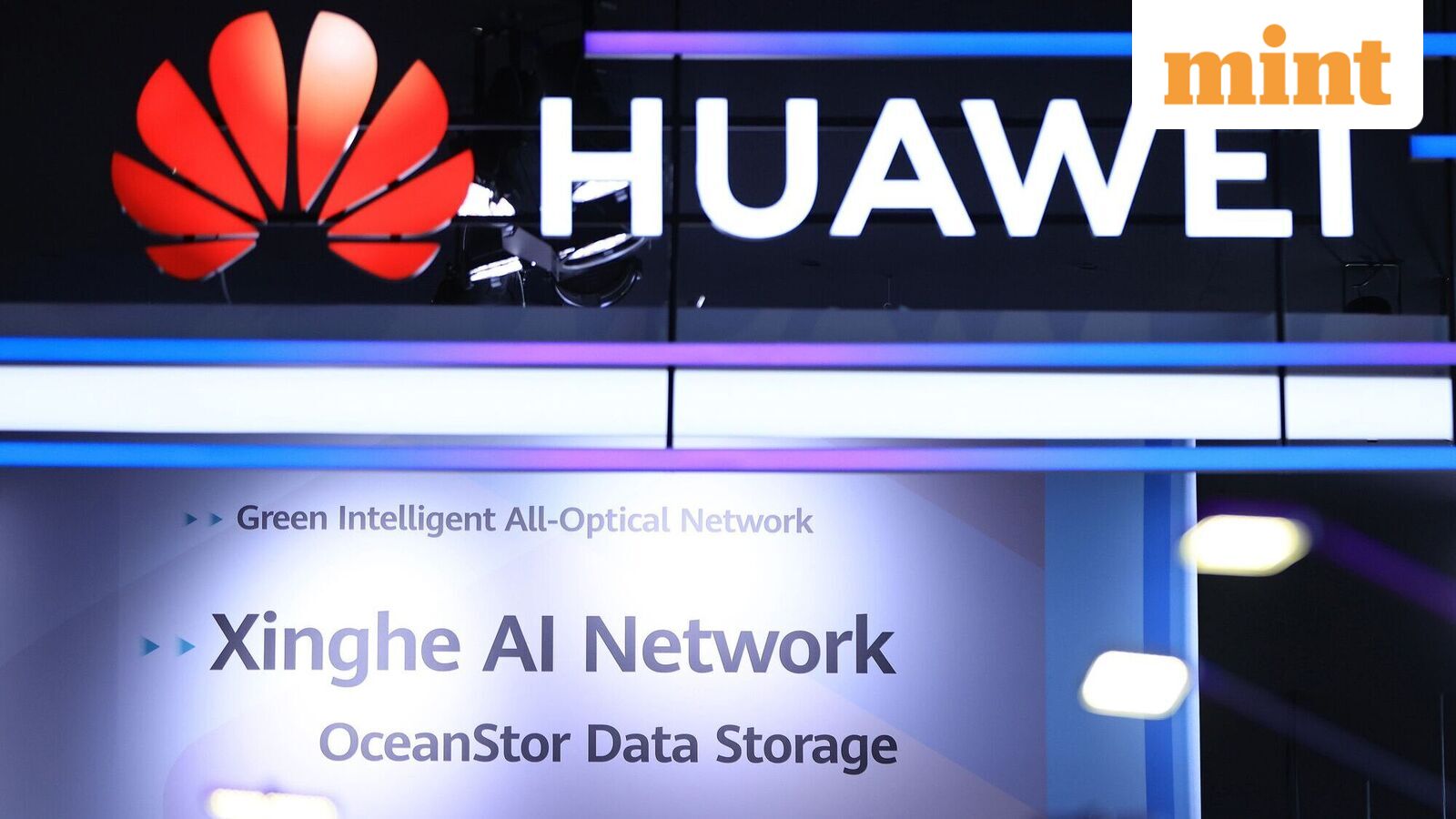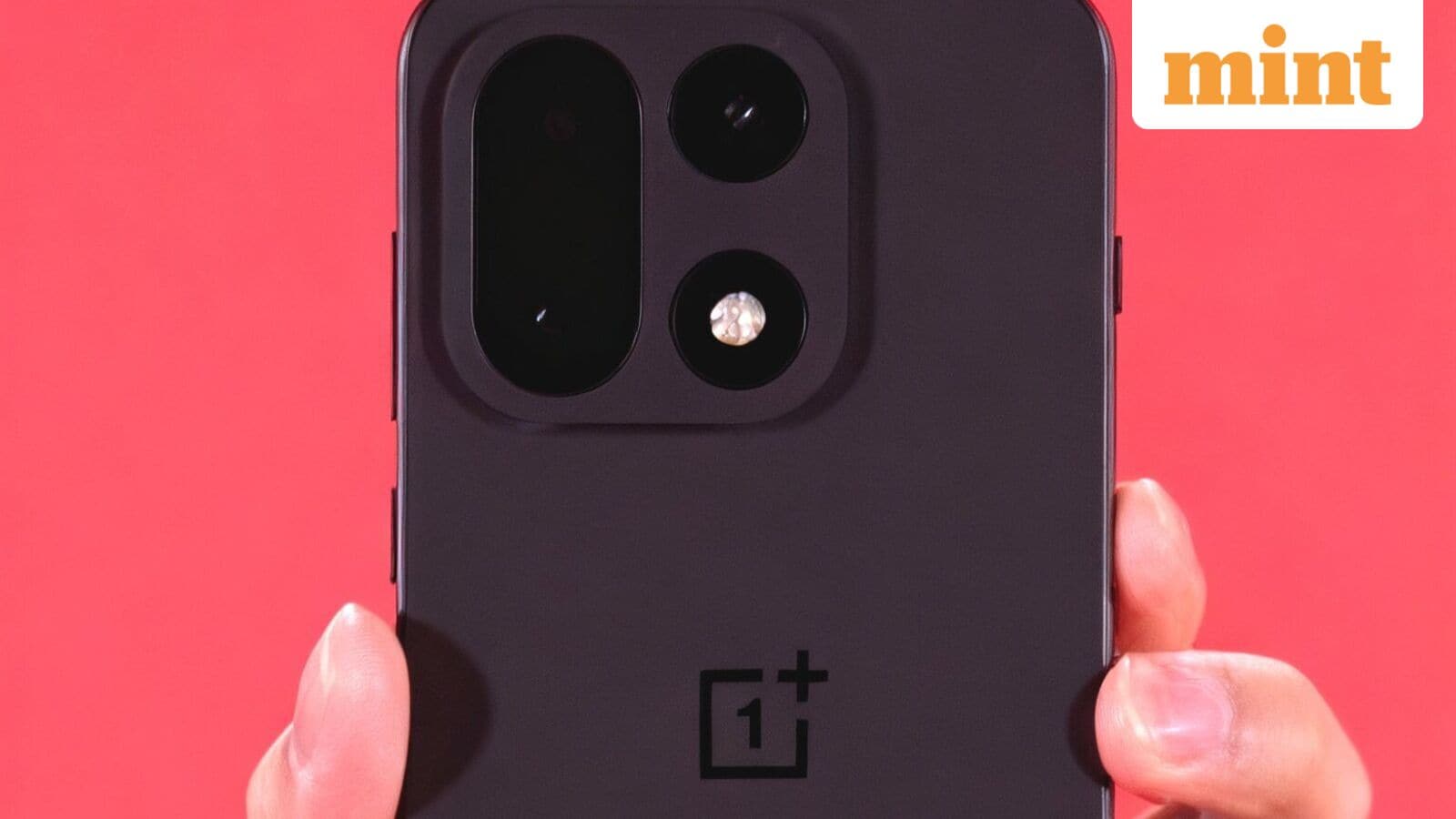At Huawei Connect, Beijing’s national champion unveils bold AI roadmap to take on Nvidia

Huawei Technologies Co. has unveiled an unusually detailed vision for how it intends to chip away at Nvidia Corp.’s overwhelming lead in artificial intelligence hardware, combining sheer scale with China’s state-backed drive for technological self-reliance.
A Roadmap to Counter US Rivals
At its annual Huawei Connect conference in Shenzhen on Thursday, the company’s rotating chairman Eric Xu set out a three-year roadmap designed to counter Nvidia’s dominance in the global AI race. Huawei admitted that its silicon cannot match the American firm’s in raw computing power or efficiency. Instead, it aims to compensate by harnessing its traditional strengths: large-scale clustering, advanced networking, and firm government backing.
The announcement stood out for its openness. Huawei has historically kept its hardware strategy under wraps, often forcing industry analysts to dismantle its smartphones to determine the underlying chip technology. The firm’s latest disclosures therefore marked a rare shift towards transparency, coinciding with delicate high-level talks between Washington and Beijing.
Breaking with Huawei’s Tradition of Secrecy
Xu’s presentation came with the sort of high drama typically associated with an Nvidia product launch. He unveiled the company’s next generation of Ascend-branded processors alongside upgraded “SuperPod” data-centre designs – a direct echo of Nvidia’s own terminology for large-scale computing platforms. Huawei’s new “UnifiedBus” interconnect protocol was also formally introduced, enabling the theoretical linking of up to 15,488 Ascend chips in a single system.
The strategy amounts to overwhelming rivals through numbers. Huawei insists its self-designed interconnect system enables chip-to-chip data transfers up to 62 times faster than Nvidia’s forthcoming NVLink144, dwarfing the capabilities of the current NVLink72 platform that connects the US company’s Blackwell GPUs and Grace CPUs.
Bernstein Research analysts described Huawei’s willingness to articulate its AI plans in public as a sign of confidence that it has secured dependable manufacturing capacity within China, despite being cut off from Taiwan Semiconductor Manufacturing Co. (TSMC), the world’s most advanced foundry. “These developments indicate Huawei has built a local semiconductor ecosystem robust enough to withstand supply chain disruption,” Bernstein’s Qingyuan Lin wrote.
Beijing Pushes Indigenous Innovation
The bold roadmap comes as other major Chinese technology players – including Alibaba Group and Baidu – have begun revealing progress in AI chip design. For years such announcements were rare, as firms sought to avoid drawing scrutiny from Washington. But with chip policy now central to US–China negotiations, Beijing has urged companies to accelerate indigenous innovation and reduce reliance on foreign suppliers.
US restrictions have already cut Huawei off from advanced lithography tools and leading memory vendors such as SK Hynix. Nonetheless, Xu argued that Huawei can close the performance gap by linking massive numbers of its processors into “super clusters”. The company says it has developed a self-designed high-bandwidth memory architecture to allow chips to exchange data at unprecedented speeds, mitigating some of the limitations of less advanced process technology.
By 2028, Huawei expects its Ascend 970 chip to feature a 4 terabit-per-second interconnect speed, more than double the 1.8 Tbps Nvidia currently offers. Xu stressed that this networking prowess draws on Huawei’s long history of building advanced communications equipment for the telecoms industry.
Yet significant doubts remain. Jefferies analysts cautioned that Huawei’s earlier plan to release the Ascend 910D at 5 nanometres has stalled due to poor production yields, underlining the challenges posed by restricted access to advanced chipmaking equipment. “A lack of state-of-the-art manufacturing tools is still China’s biggest hurdle in reducing dependence on Nvidia,” the bank’s Edison Lee said.
Performance comparisons also reveal the scale of the challenge. Analysts estimate that Huawei’s upcoming Ascend 950 delivers only around 6 per cent of the computing power expected from Nvidia’s next-generation VR200 superchip. Nvidia, meanwhile, continues to set the industry pace, with even traditional rivals AMD and Intel struggling to keep up.
Clusters as China’s Way Forward
Huawei nevertheless insists it can bridge the divide through scale. Xu claimed clusters of up to a million chips could theoretically deliver computing power on par with Western rivals. He positioned this “brute force” approach as the only viable route for China to overcome constraints in process technology.
“We believe only by relying on ‘SuperPod’ and cluster technology can we achieve a breakthrough in the constraints we face in chipmaking and supply endless computing support for our country’s AI development,” Xu told state media last week.
The Chinese government has placed the semiconductor industry at the heart of its industrial policy. President Xi Jinping has met with leading technology entrepreneurs, including Huawei founder Ren Zhengfei, to stress the need for breakthroughs in strategic sectors. Officials have also pledged to mobilise national resources to accelerate progress, while moving to curb Chinese firms’ purchases of certain Nvidia components.
Huawei’s ambitions highlight the shifting dynamics of the AI hardware market. While Nvidia remains the undisputed leader, the combination of political pressure, state subsidies and technical ingenuity is enabling Chinese companies to narrow the gap. The unveiling of Huawei’s roadmap – once unthinkable given the company’s penchant for secrecy – underscores both its determination and Beijing’s confidence in a home-grown path forward.
Still, much depends on whether Huawei can produce these chips at scale. Its surprise release of a 7-nanometre processor for the Mate 60 Pro smartphone in 2023 demonstrated technical ingenuity but also exposed the limits of Chinese manufacturing, which has yet to move beyond that node. Without further breakthroughs in lithography and fabrication, Huawei’s AI ambitions could remain constrained.
For now, the company is leaning on its historic strength in networking and large-scale systems integration. Whether its “SuperPod” clusters can compensate for weaker single-chip performance will be tested in the years ahead. In the meantime, its high-profile unveiling signals a clear message: Huawei intends to position itself as China’s national champion in the AI race, regardless of the obstacles placed in its path.
(With inputs from Bloomberg)




